Today, I went back out to Beaver Valley to explore the east end and north bank.
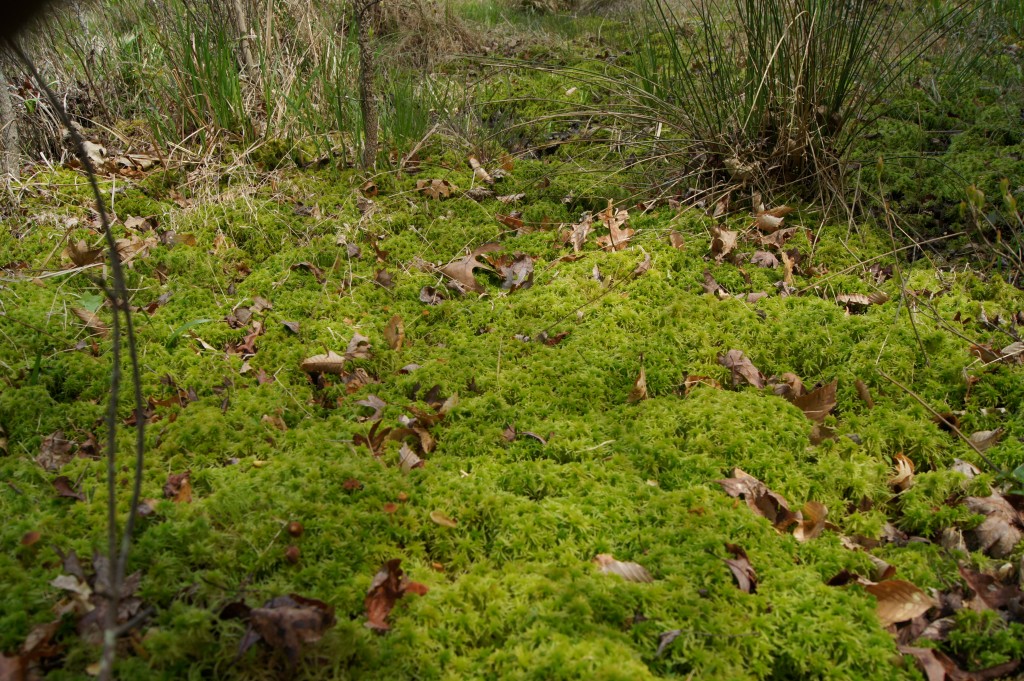
I discovered that most of the good bogs are on the west end of the south bank. On this trip, I ventured further on the south bank to find the east end of Beaver Valley. This part of the “valley” was mostly filled with a fairly good-sized pond with trees popping up in the middle and the edge of the pond were mostly mudflats. At first, I thought it was this way because of beaver activity, but I found no evidence of a dam. However, I could have missed it. The far east end is near Salamander Pond, and was mucky but shallow. Again, although there were some good patches of sphagnum moss in patches, I did not see any areas that would qualify as a bog. I rounded east end and explored the north bank. The dominant vegetation on the understory was skunk cabbage (Symplocarpus foetidus) with Round-leaf Hedge Hyssop (Gratiola virginiana) scattered throughout the mudflats. The topography on the north bank is not as steep as the south bank. There is a little stream that flowed from Beaver Valley to the Shangri La pond. I got a surprise when I tried to move a log in the stream to make it easier to cross. When I reached into the water, I felt something leathery. After a few seconds, a snapping turtle poked his head up. The poor thing was as startled as I was, and fled. Thank goodness it did not turn around and bite me. O the hazards of botanizing.
The area in between Beaver Valley and Shangri La is mostly upland forest. I noticed the lack of invasive plants there except for an occasional Japanese honeysuckle (Lonicera japonica).
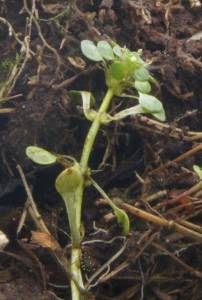
Found some Two-headed Water Starwort (Callitriche heterophylla) in side pool along the edge of pond in Beaver Valley. It is one of those plants which is easy to miss. The leaves are dimorphic with the submerged leaves being lanced shaped and the emerging leaves being oval-shaped. The pistillate (female) flowers were found in the axils of leaves along the stem. The staminate (male) flowers are found on the distal end of the stems. Both types of flowers have no petals.
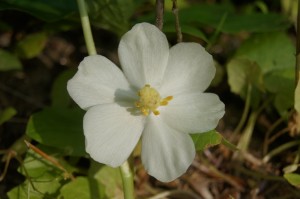
Earlier in the day, I explored the south bank of the Little Patuxent River by Bailey’s Bridge for some May Apple (Podophyllum peltatum) because I had not yet collected it for the project. Not very many plants were blooming compared to last year. The population pictured here was on the bank of the river.
One Reply to “21 April 2012 – Beaver Valley – Search for more Bogs”
Leave a Reply
You must be logged in to post a comment.

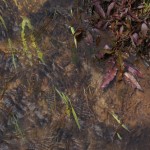
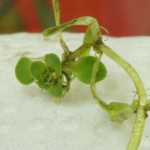
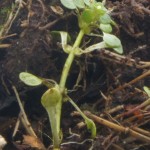
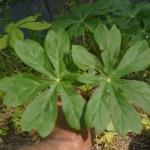
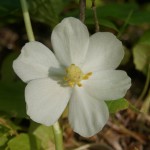
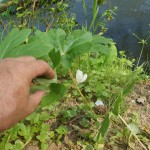

I only have one thing to say…..BOG!